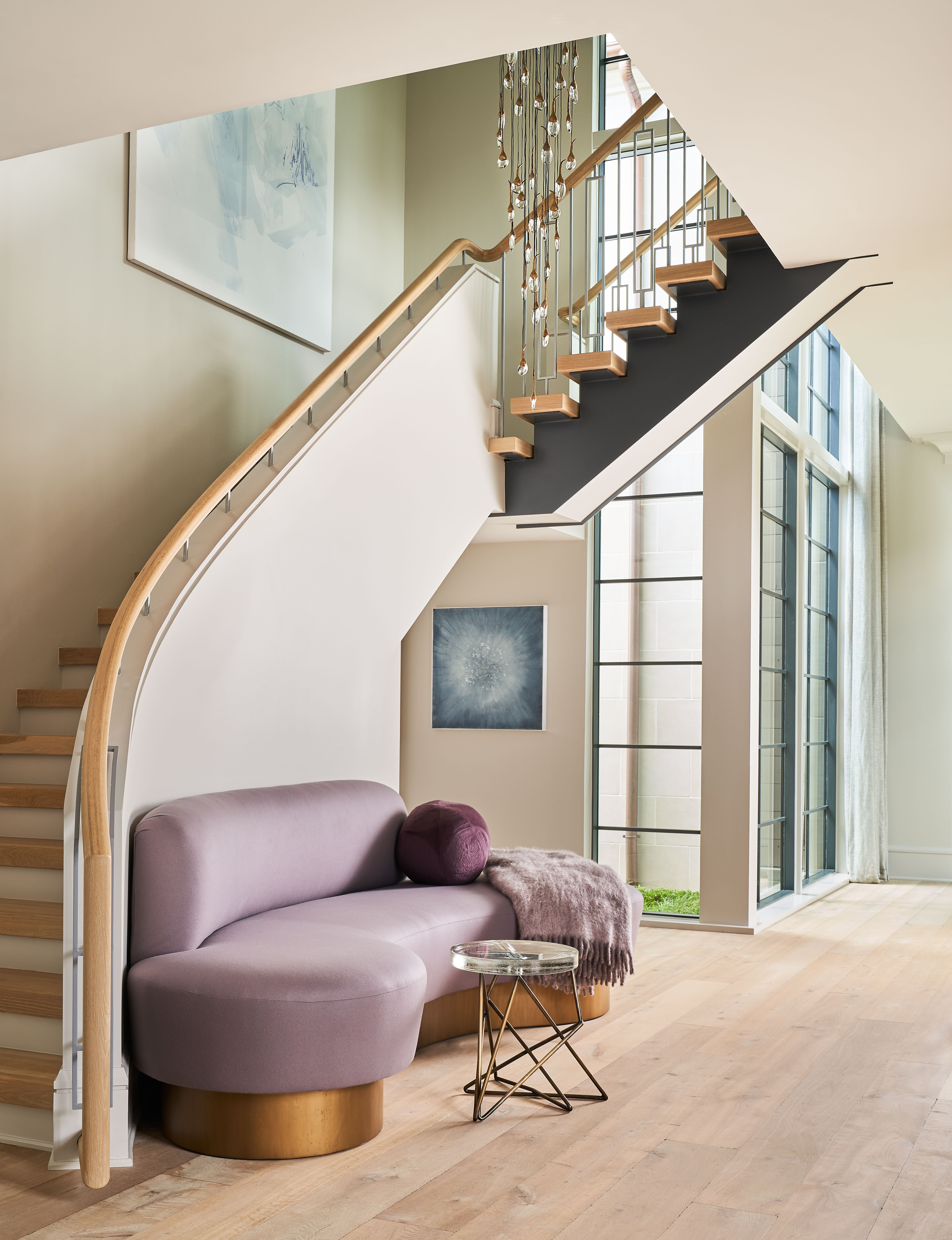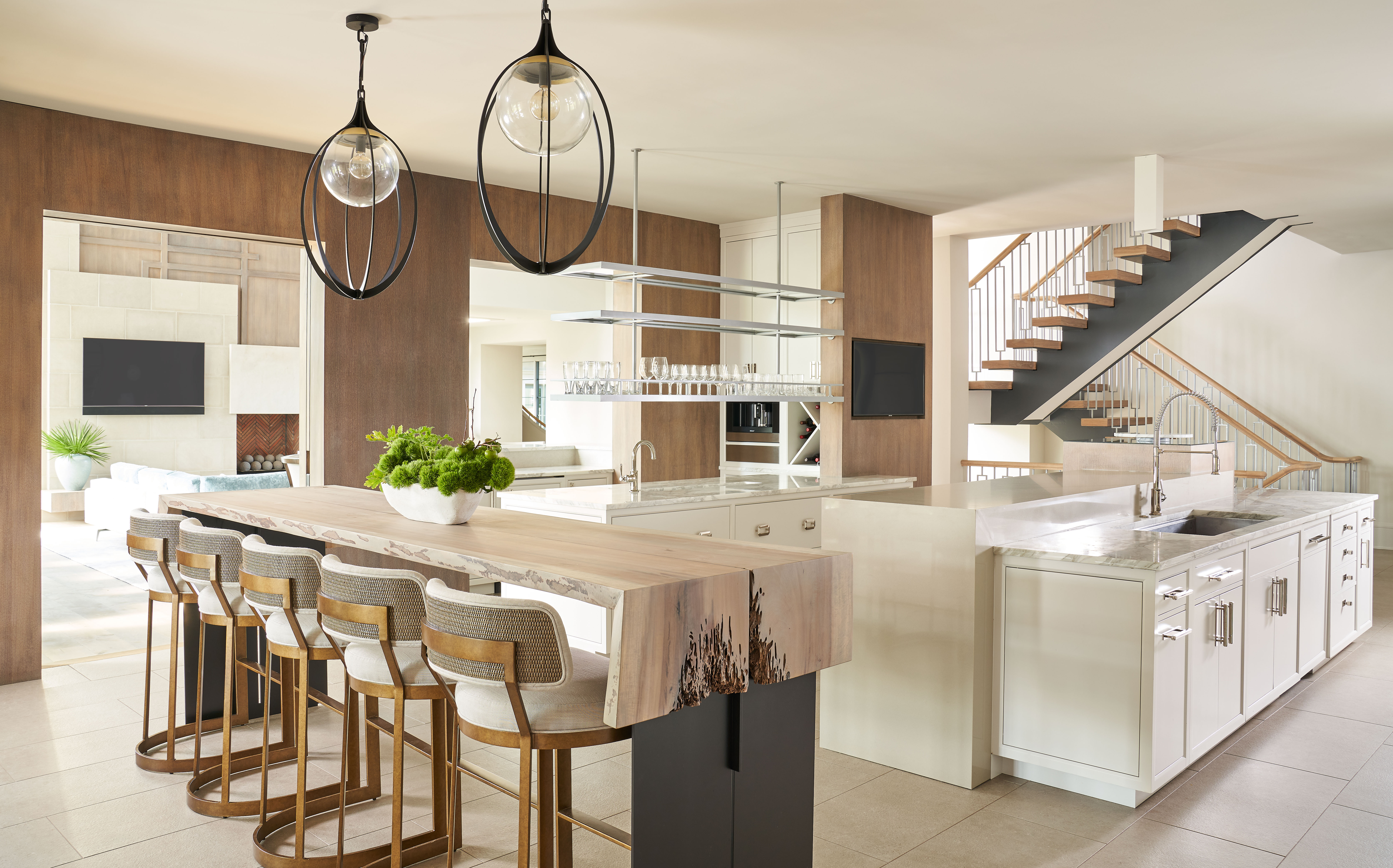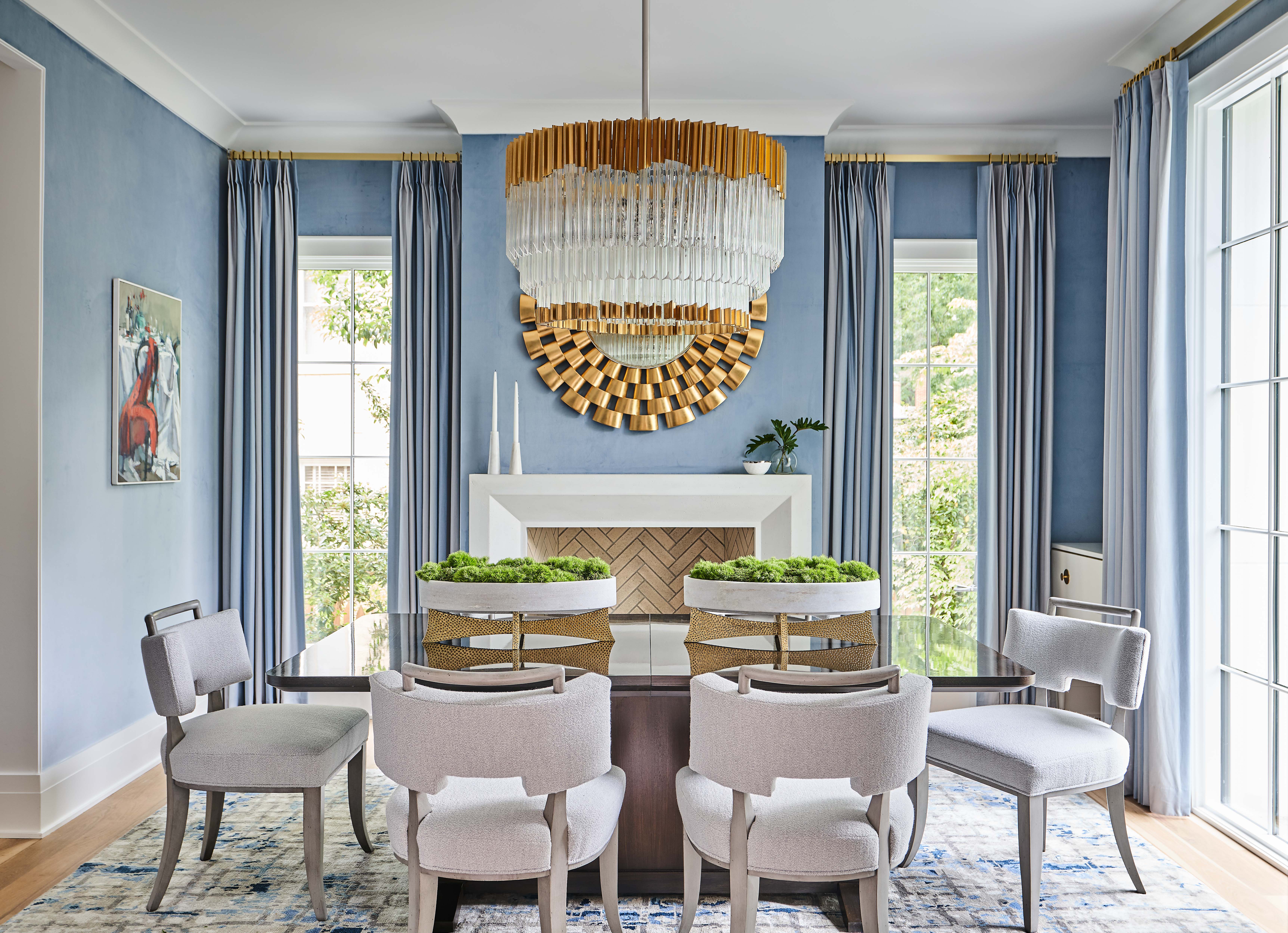
What's the right order to do a remodel? Well, let me tell you what the wrong one is. First, buy a house that was built 140 years earlier and then hasn't been touched decoratively – or in any other way – for over 45 years. Then, don't assume all it will need is a lick of paint and a new kitchen that is more aesthetically in line with what you're thinking.
Then, don't start stripping away the wallpaper in one of the bedrooms, randomly, on a wet weekend afternoon, only to discover the walls underneath are crumbling. Don't then shut the door on that room and try not to go in it because you've not got the budget or plans in place to do it up.
Don't take up the dining room flooring (1970s linoleum) on a whim one public holiday weekend, to find just bare earth and rotten joists underneath, again with no plan or finance to sort it out.
Don't buy furniture for a living room that, it turns out, will need a new ceiling and so shouldn't have any furniture in it while work is being carried out.
Do, however, listen to this interior designer's advice instead before you start a renovation. Layton Campbell has been running his own design studio, JLayton Interiors, for 20 years out of North Carolina, and he knows the right order to tackle a remodel. 'It takes months of prep before you ever get a laborer in, Layton says. 'It can be tedious getting to that point but following this structure is worth it in the long run.' This is the order of his approach.

Having studied interior design at Parsons School of Design in New York City, Layton then moved back to his homeland of Charlotte, North Carolina, and founded JLayton Interiors in 2004. Two decades later he has worked on a multitude of projects across North America, and has the ability to adapt his style seamlessly to fit with a building's architecture, historic era and location.
1. Do a walk through of the whole property

Before Layton does anything, he goes on a walk around the existing property with his client, and uses this as an opportunity to not just see the home but also understand the clients' needs.
'I make mental notes the whole way around,' he says. 'I’m taking a lot in, about what’s existing, what they don't like about what's currently there, their wish list for what the finished version will look like and offer.'
Design expertise in your inbox – from inspiring decorating ideas and beautiful celebrity homes to practical gardening advice and shopping round-ups.
This is the approach everyone should take, to view the entire house as one entity and imagine all the many changes you'd like to make. If you focus on what isn't working about the current form, you'll be able to make considered plans for how to tackle the remodel.
2. Study the floorplan
'I love to look at floorplans, and always did, even as a kid!' Layton says. While not everyone was as destined to become an interior designer as he clearly was, studying the floor plan is a good way to help you draw up a targeted plan of attack for the remodel.
'Often you can look at an entryway and think "well, this is a waste of space,"' Layton says. 'By playing around with the floorplan on paper, first, before anything else, you start to get a picture of the flow.'
Because you've already done the walk through and figured out what you need from the space at this point, you should be able to decide how each room will be connected. 'I recently worked on a project where we added some extra cabinetry to separate the kitchen from the TV area,' Layton says. 'This was a result of identifying on the client's wishlist that they didn't want the TV to encroach on family meal times.'
3. Pick your trim
This seems like an unusually granular detail for this point in the planning stage, but Layton promises that it's a key part of the project that you'll want to get right from the get go.
'If you start by selecting the trim, then that will dictate the design direction for the whole project,' he says. 'Are you going to be contemporary, or more classic?' He argues that a cohesive house remodel has the same trim throughout, and so by committing to an aesthetic approach you're making an overall statement of intent about what the finished project will look like.
4. Focus on placement

Next step is the technical placement of where things will go. And this is still long before you've started stripping wallpaper for something to do, or bought a throw pillow for an as-yet-non-existent living room.
'The bones of your project are what kickstart everything else,' Layton says. 'And placement is everything. You want a rough plumbing guide - especially if you’re moving plumbing from one room to another, or even just switching the position of a shower or bath.'
Layton says this is the time to pick where light switches will go, whether you will want smart controls or not – Layton has a Lutron system in his own home which he can control from his phone – and where you'll have wall lights and where you'll want overhead ones to be.
5. Select your finishes
Layton did warn that the planning stage would be long and tedious, but this is where it should start to get interesting, and you can flex your decorative muscles.
'After having made all the plumbing and electrical choices, then you get to your finishes,' Layton says. 'You can start to think about what colors you're choosing for the wall, as that will inform what color countertops you want, what hues for the cabinetry, and even what appliances you'll need to order.'
It's at this point, Layton says, that the refurb starts to come together in his mind. 'I get a whole vision for how the overall project will look like, and this means I can explain it to the client and make sure they're on the same page.' If you're doing this yourself, it gives you a clear framework to work towards, and a dream to keep in mind.
6. Order your furniture

Once you've chosen how your cabinets will look, and what paint or wallpaper will go on the walls, it should be fairly easy to know what sort of furniture you want for each room.
'I choose and order the counter stools as soon as as we've picked the cabinet style for a kitchen,' Layton says. 'Since COVID, there are sometimes such long lead times that you if you don't order up the top you can find yourself with a finished space and no furniture to put in it.'
He confesses that this is a lot of effort at the start of a project, but promises it'll be worth it. 'It’s so much work on the front end, but if you understand what you're working to then it really can stop costs from spiraling, which is what happens when you have to make last minute decisions,' he says.
7. Hand over the keys and move out
Finally, you're ready for your tradespeople to arrive, and Layton says the final step is to make yourself scarce. 'When I did my own house, I decided to live on-site,' Layton says. 'And I promised myself that I'd never do it again.'
With all the plans so fastidiously in place you should be able to allow the tradespeople to get on with them – checking as often as possible to catch unexpected trip-ups as soon as they happen.
'There is a rhythm to a refurb, and you start learning it the more you do,' Layton says. 'The trick is always in how you react to any hidden surprises, and there will always be some. If you stay calm – and have done all the planning I've suggested – you should find the process really rewarding.'
Pip Rich is an interiors journalist and editor with 20 years' experience, having written for all of the UK's biggest titles. Most recently, he was the Global Editor in Chief of our sister brand, Livingetc, where he now continues in a consulting role as Executive Editor. Before that, he was acting editor of Homes & Gardens, and has held staff positions at Sunday Times Style, ELLE Decoration, Red and Grazia. He has written three books – his most recent, A New Leaf, looked at the homes of architects who had decorated with house plants. Over his career, he has interviewed pretty much every interior designer working today, soaking up their knowledge and wisdom so as to become an expert himself.

